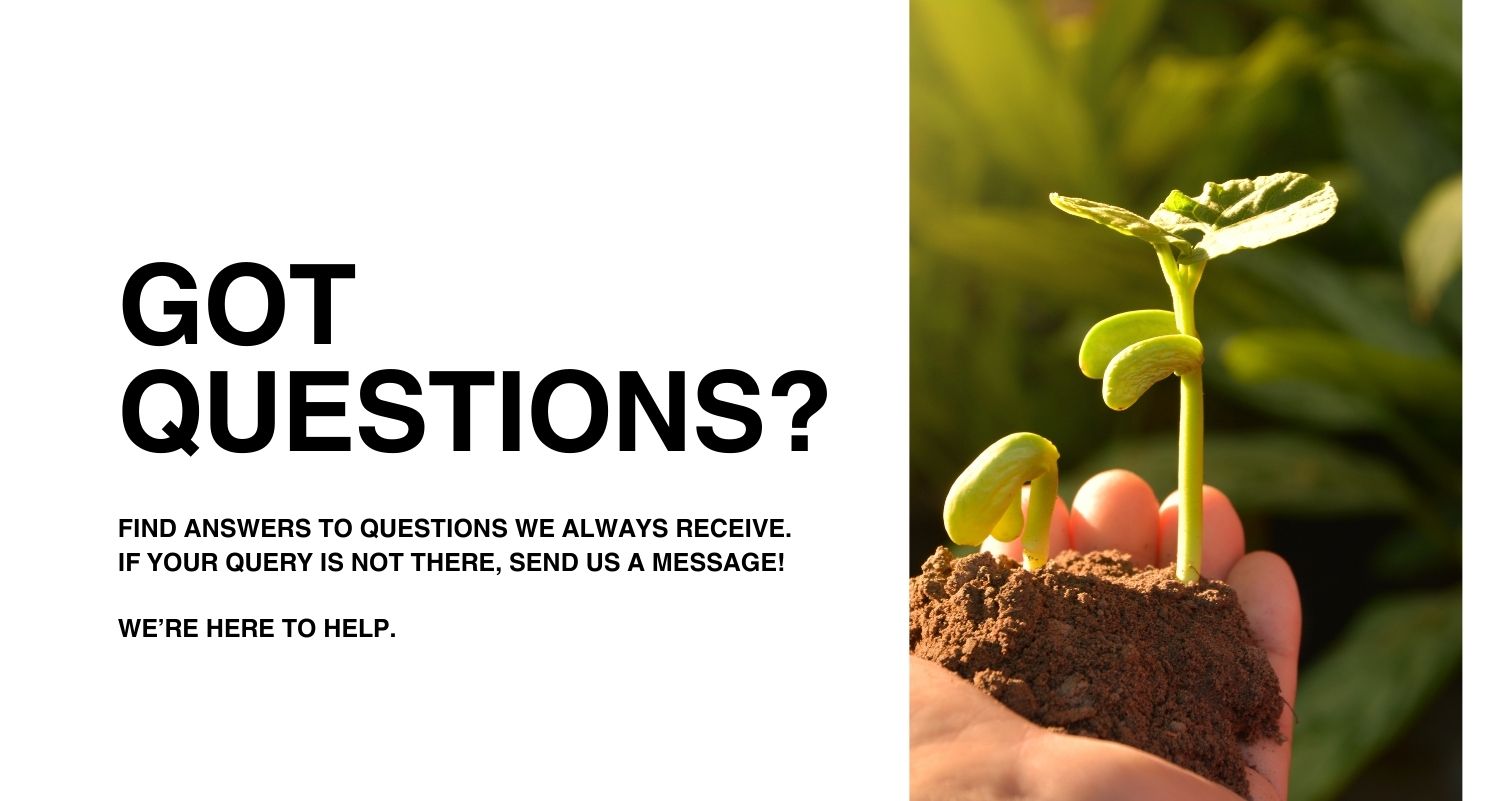
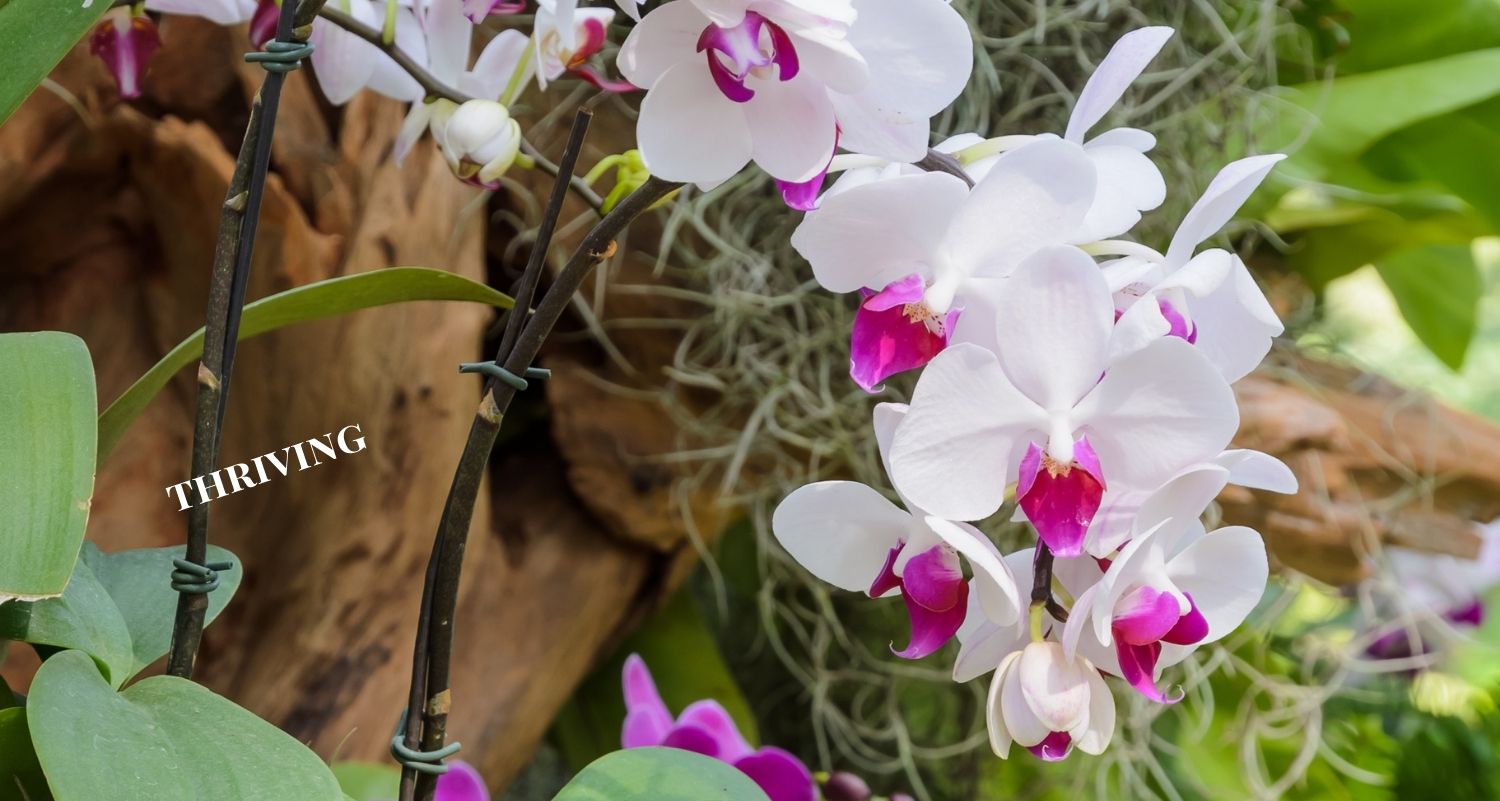
General Fertilizer FAQs
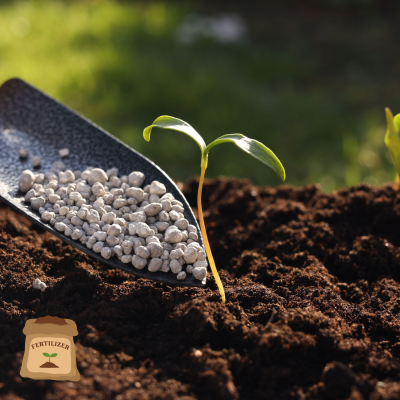

1. What is plant fertilizer, and why is it necessary?
Fertilizer provides essential nutrients that plants need to grow, including nitrogen (N), phosphorus (P), and potassium (K). It helps improve plant health, encourages flowering and fruiting, and boosts overall growth
Plants, like all living organisms, require nutrients to grow. In natural ecosystems, nutrients are replenished through the breakdown of organic matter, but in gardens, potted plants, and farms, nutrients can become depleted over time. Fertilizers help maintain soil fertility and ensure that plants receive the nutrients they need to thrive.
Key Reasons Fertilizers Are Necessary:
✅ Replenishes Soil Nutrients – Over time, plants absorb nutrients from the soil. Without replenishment, the soil becomes depleted, leading to weak and unhealthy plants.
✅ Boosts Plant Growth – Fertilizers provide essential nutrients like Nitrogen (N), Phosphorus (P), and Potassium (K), which support foliage growth, root development, and overall plant health.
✅ Enhances Flowering and Fruiting – Plants require extra phosphorus and potassium to produce flowers, fruits, and seeds efficiently. Fertilizers ensure they get the right nutrients for this process.
✅ Improves Plant Resistance – Proper fertilization helps plants resist diseases, pests, and environmental stress like drought, cold, and heat.
✅ Encourages Strong Root Systems – A well-fertilized plant develops a deep and healthy root system, which helps it absorb water and nutrients more effectively.
✅ Increases Crop Yield – In agricultural settings, fertilizers help farmers produce higher yields of vegetables, fruits, and grains.
.
Understanding N-P-K Numbers on Fertilizers
2. What do N-P-K numbers on fertilizers mean?
When you buy a fertilizer, you’ll notice three numbers printed on the packaging, such as 10-10-10, 20-5-10, or 5-10-5. These numbers represent the N-P-K ratio, which stands for Nitrogen (N), Phosphorus (P), and Potassium (K)—the three primary nutrients essential for plant growth.
Each number represents the percentage of that nutrient by weight in the fertilizer. For example, a 10-10-10 fertilizer contains 10% nitrogen, 10% phosphorus, and 10% potassium, with the remaining percentage made up of fillers or other nutrients.
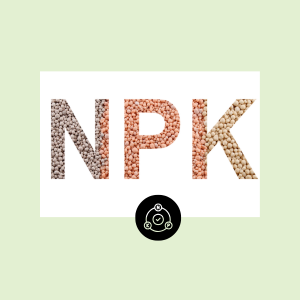
Indoor Plant Fertilizer FAQs

How often should I fertilize indoor plants?
Most indoor plants should be fertilized every 4-6 weeks during the growing season (spring and summer). Reduce or stop fertilizing in fall and winter when growth slows.
What type of fertilizer is best for indoor plants?
A balanced liquid fertilizer (e.g., 10-10-10 or 20-20-20) is ideal. Slow-release fertilizers and organic options like compost tea or fish emulsion are also great choices.
Can I over-fertilize my indoor plants?
No! Over-fertilizing can cause salt buildup, leaf burn, or stunted growth. Always follow the recommended dosage and flush the soil occasionally with water.
Outdoor Plant Fertilizer FAQs
How often should I fertilize my garden plants?
It depends on the plant type. Vegetables and flowers typically need fertilization every 2-4 weeks, while shrubs and trees may only need it 1-2 times per year.
What fertilizer is best for gardens?
A balanced fertilizer like 10-10-10 or an organic alternative (compost, manure, or fish emulsion) works well. Some plants like Bonsai , prefer more phosphorus (higher middle number)
Is it better to fertilize before or after rain?
Light rain helps absorb fertilizer, but heavy rain can wash it away. If rain is expected, apply fertilizer before light showers or after heavy rain.

Lawn Fertilizer FAQs
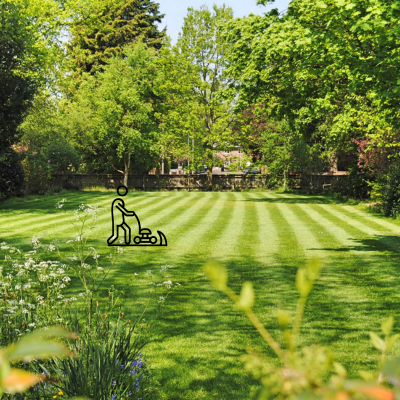
When is the best time to fertilize my lawn?
Spring and fall are ideal. Apply fertilizer in early spring to boost growth and in fall to prepare for winter.
Should I water after applying lawn fertilizer?
Yes, watering helps nutrients absorb into the soil. However, avoid overwatering to prevent runoff.
